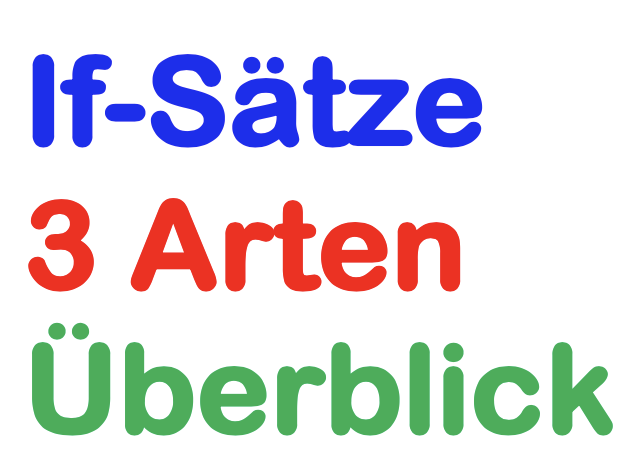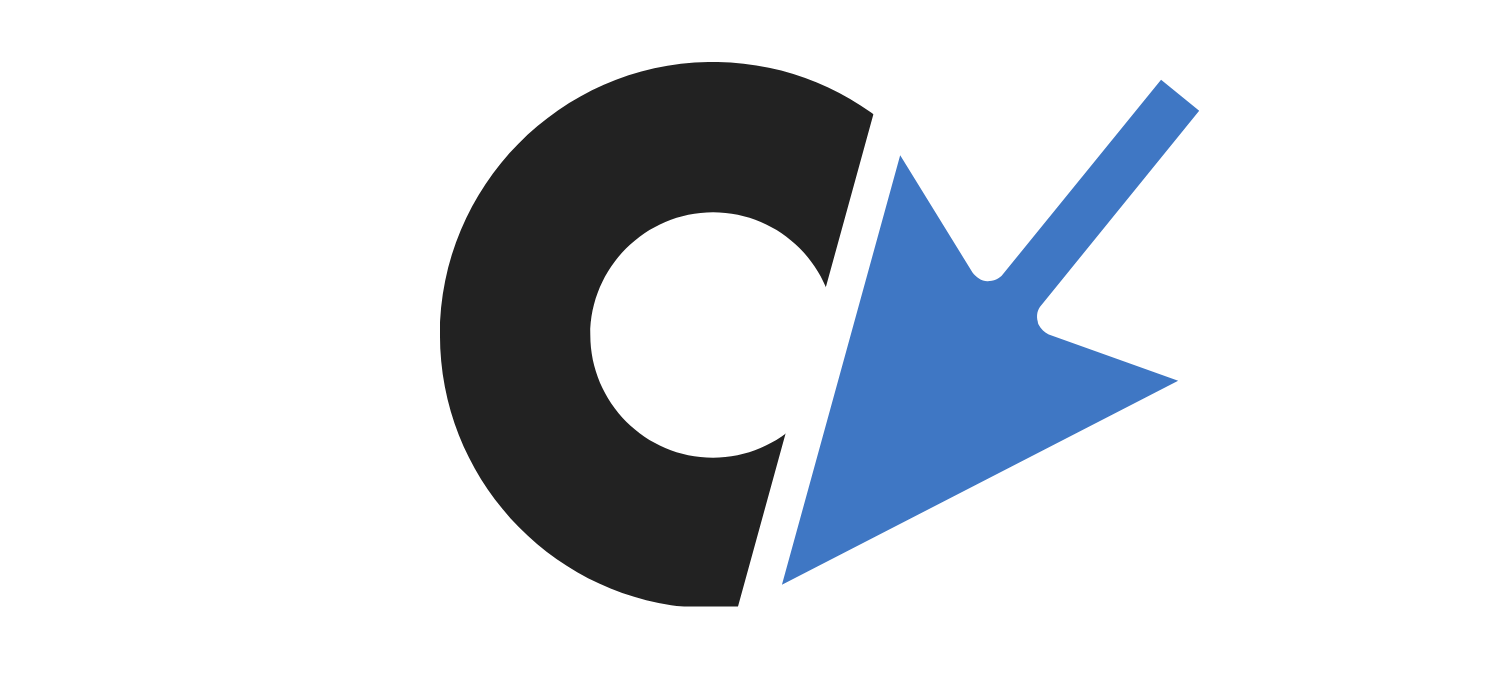If-Sätze 3 Arten:
In Bedingungssätzen drückt der Nebensatz (if-Satz) die Bedingung aus, der Hauptsatz das daraus folgende Ereignis.
Wir unterscheiden 3 Arten von If-Sätzen:
Beim Conditional 1 ist es möglich und auch sehr wahrscheinlich, dass die Bedingung eintritt.
Beim Conditional 2 ist es möglich, aber eher unwahrscheinlich, dass die Bedingung eintritt.
Das Conditional 3 drückt eine Unmöglichkeit aus, dass die Bedingung eintritt.
Beispiel:
she – come – I – to be – happy
C I: If she comes, I will be happy.
C II: If she came, I would be happy.

If-Sätze 1 für bestimmte Situationen:
Beim Conditional 1 ist es möglich und auch sehr wahrscheinlich, dass die Bedingung eintritt.
a) Bildung:
Der If-Satz 1 für bestimmte Situationen wird mit der Present Simple gebildet, der Bedingungssatz mit der will-Future:
Bedingungssatz: if + Present Simple
Hauptsatz: will Future (oder Hilfsverb can, may, must)
If-Sätze 1 für allgemeine Tatsachen, Naturgesetze:
b) Beispiele:
If you heat ice, it melts. (Naturgesetz)
If I have a problem, I talk to my sister. (allgemeine Tatsachen)
If you cut the tree, please ask me! (Bitte/Aufforderung)
c) Verneinung mit if not = unless
If you don’t learn harder, you won’t pass the test.
Unless you learn harder, you won’t pass the test.
If-Sätze 2:
Beim Conditional 2 ist es möglich, aber eher unwahrscheinlich, dass die Bedingung eintritt.
a) Bildung:
Das Conditional 2 wird im Bedingungssatz gebildet mit if + Past Simple, der Hauptsatz hingegen mit dem Conditional Present.
Bedingungssatz: if + Past Simple
Hauptsatz: would (could, might) + verb
b) Beispiele:
c) Besonderheit:
“were” für alle Personen!
If the weather were fine (Nebensatz, Bedingung), we would go for a walk (Hauptsatz).
d) Verneinung:
if not = unless
If you didn’t learn harder, you wouldn’t pass the test.
Unless you learnt harder, you wouldn’t pass the test.
Conditional 3:
Das Conditional 3 drückt eine Unmöglichkeit aus, deren Resultat sich entweder auswirkt auf:
a) die Gegenwart: If he had earned more money, he could buy a new car now.
b) die Vergangenheit: If I had learnt a lot, I would have passed the test.
Bedingungssatz: if + Past Perfect Tense
Hauptsatz: would (could) + verb
Signalwörter: now, this year, today
If I had married her, she wouldn’t leave the city now.
b) Das Conditional 3 mit Auswirkungen in der Vergangenheit wird gebildet:
Bedingungssatz: if + Past Perfect Tense
Hauptsatz: would (could) have + verb 3. Form
Achtung: bei he, she, it – would have
If I had met her (Nebensatz, Bedingung), she wouldn’t have left the city (Hauptsatz).
c) Verneinung
if not = unless
If you hadn’t learnt more, you wouldn’t have passed the test.
Unless you had learnt more, you wouldn’t have passed the test.
Tests:
If-clauses alle 3 Formen Test 1
Übungsblätter:
Conditional alle 3 Formen Übungsblatt 1
